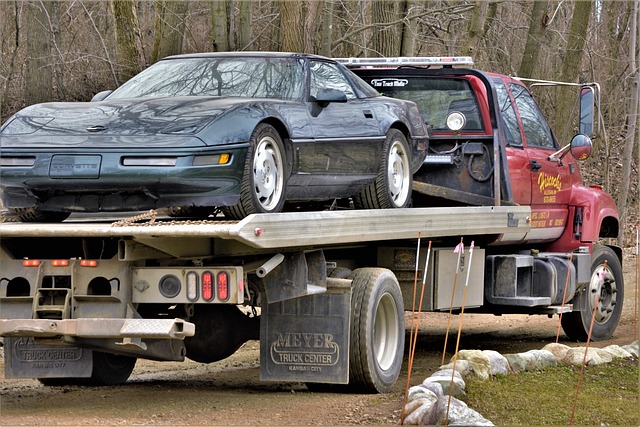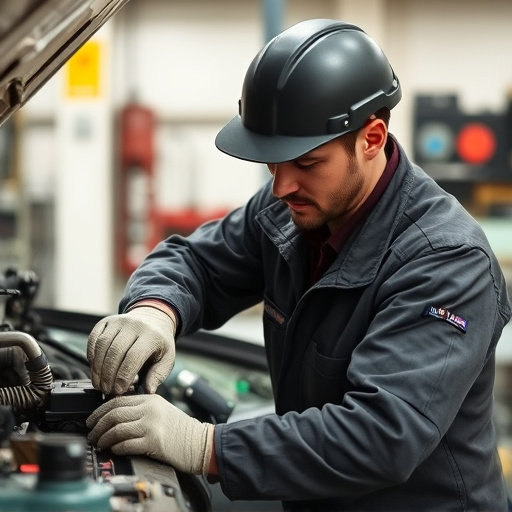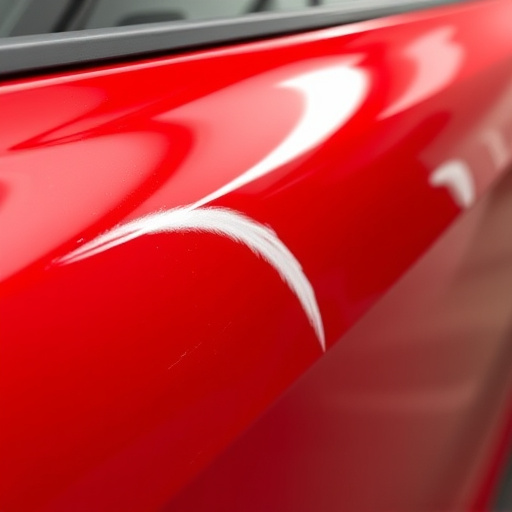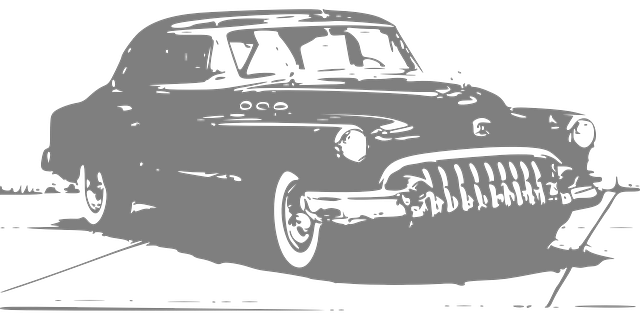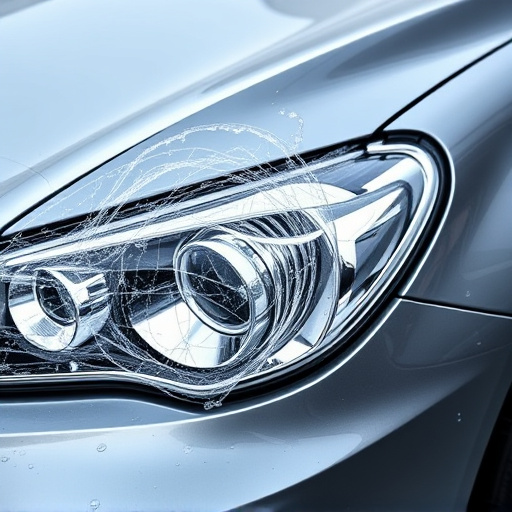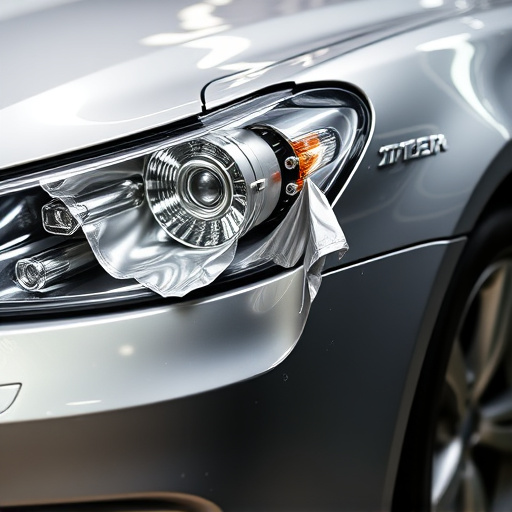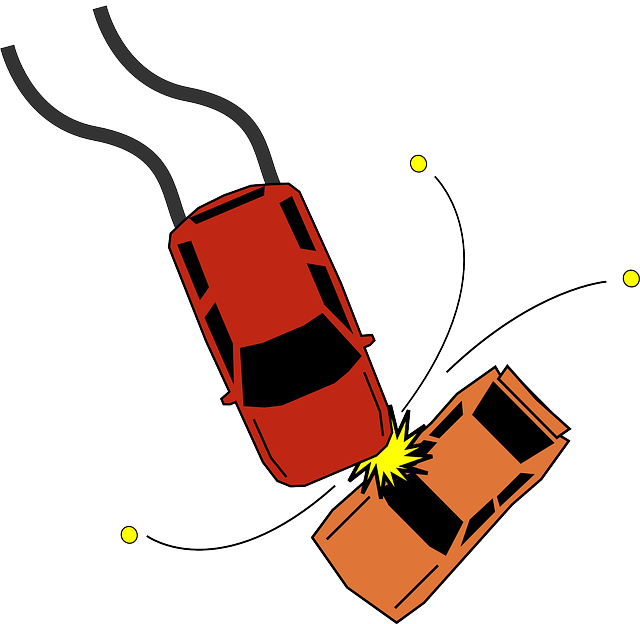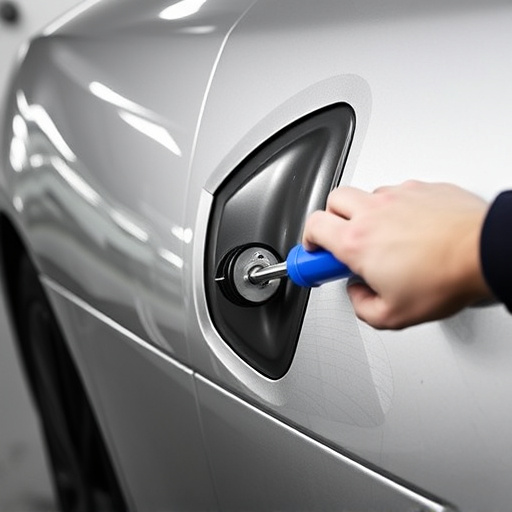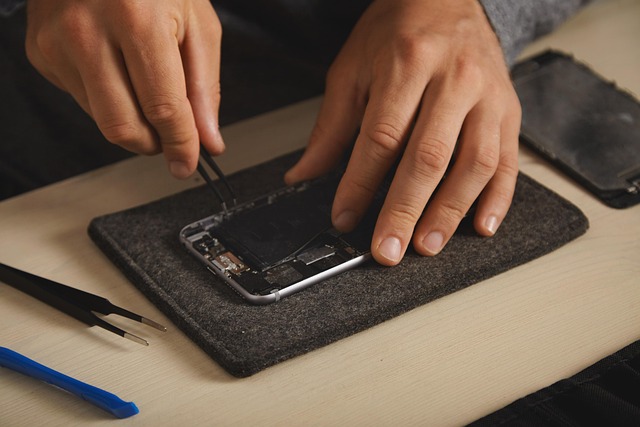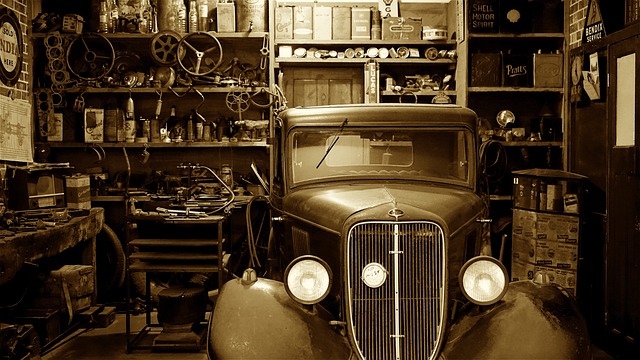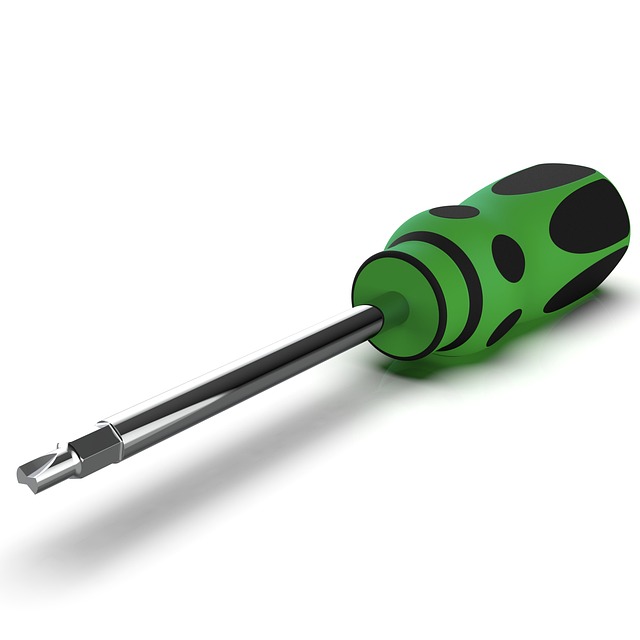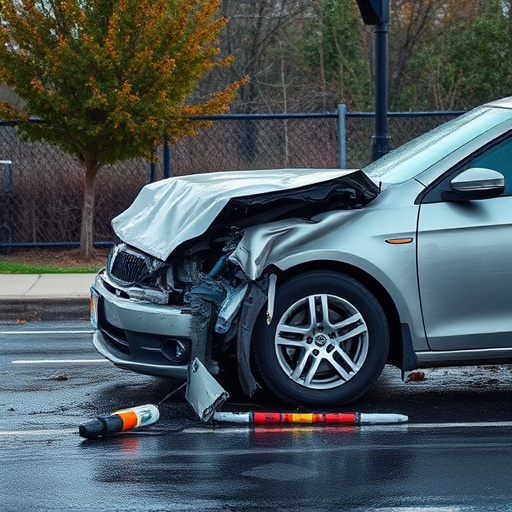Claim dispute resolution is a critical process within insurance, addressing disagreements between policyholders and insurers over repairs like automotive collisions or auto body restoration. Skilled adjusters use structured negotiations, mediation, or arbitration to achieve fair outcomes by examining case specifics, verifying evidence, and applying relevant policies. Effective communication, record-keeping, and obtaining multiple estimates can prevent disputes. Efficient resolution enhances the insurance experience, reduces client stress, fosters trust, and improves satisfaction levels by ensuring timely vehicle restoration.
Claim dispute resolution is an essential component of the insurance process, ensuring fairness and accuracy. This article delves into the intricacies of this system, explaining its purpose and how it works. We explore common reasons behind disputes and provide insights on prevention strategies. Additionally, we highlight the significant impact efficient claim dispute resolution has on enhancing your overall insurance experience, emphasizing its role in building trust between policyholders and insurers.
- Understanding Claim Dispute Resolution: The Process and Its Purpose
- Common Reasons for Insurance Claim Disputes and How to Avoid Them
- The Impact of Efficient Claim Dispute Resolution on Your Insurance Experience
Understanding Claim Dispute Resolution: The Process and Its Purpose
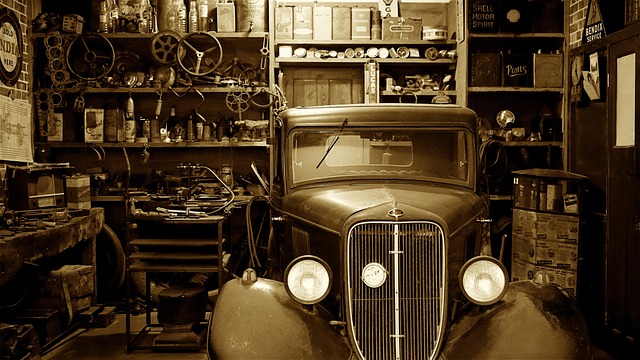
Claim dispute resolution is a crucial process within the insurance sector, designed to address and resolve disagreements between policyholders and insurers. It serves as a critical component of the overall insurance journey, ensuring fairness and accuracy in claims handling. When a policyholder files a claim, whether for an automotive collision repair or auto body restoration, and there’s a discrepancy or disagreement about the scope of coverage or the claimed amount, claim dispute resolution comes into play.
This process involves structured negotiations and, if necessary, mediations or arbitrations to reach a mutually agreeable outcome. The primary purpose is to straighten out any frames—both literally and metaphorically—by examining the specifics of the case, verifying evidence, and applying relevant insurance policies. Skilled adjusters, specialists in frame straightening for various types of damage, including automotive collision repair and auto body restoration, play a vital role in this process, ensuring that all parties understand their rights and obligations as outlined in the policy.
Common Reasons for Insurance Claim Disputes and How to Avoid Them
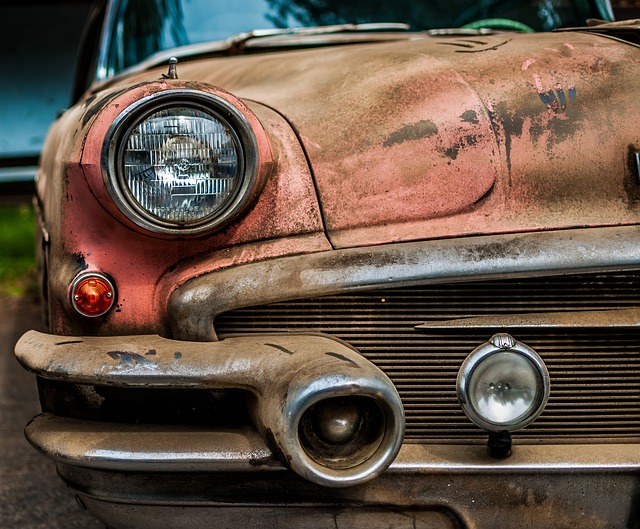
Insurance claim disputes can arise for a variety of reasons, from misunderstandings about policy coverage to disagreements over the cost of repairs. Common triggers include errors in estimating damage, discrepancies in repair estimates, and differences in opinion on who is at fault in an accident. For individuals and businesses alike, these disputes can be stressful and time-consuming, potentially leading to delays in receiving compensation or reimbursement for valid claims.
To avoid such issues, proactive measures are key. Clear communication with your insurance provider is essential, ensuring you understand your policy terms and conditions thoroughly. When dealing with auto repair shops or body shop services, it’s wise to obtain multiple estimates and keep detailed records of all repairs and corresponding costs. Additionally, staying informed about the latest industry standards and practices in auto collision centers can help ensure accurate assessments and repairs, reducing the likelihood of disputes down the line.
The Impact of Efficient Claim Dispute Resolution on Your Insurance Experience

Efficient claim dispute resolution plays a pivotal role in shaping your overall insurance experience. When disputes arise regarding claims—be it for vehicle body repairs or auto bodywork restoration, or even intricate vehicle paint repair tasks—a swift and fair resolution process can significantly mitigate stress and anxiety for policyholders. By streamlining this aspect, insurers ensure that clients receive the support they need during challenging times, fostering trust and loyalty.
Moreover, effective dispute resolution mechanisms help maintain a healthy balance between insurance providers and their customers. It allows for the timely completion of repairs, ensuring vehicles are restored to pre-incident conditions—a crucial factor in cases involving significant vehicle paint repair or complex auto bodywork modifications. As a result, policyholders can get back on the road with minimal disruption, enhancing satisfaction levels and strengthening their perception of insurance services.
Claim dispute resolution plays a pivotal role in ensuring a fair and positive insurance experience. By understanding the process, being proactive in avoiding disputes, and recognizing the benefits of efficient resolution, policyholders can navigate potential challenges effectively. This, in turn, fosters trust and satisfaction with their insurance providers. Implementing streamlined claim dispute resolution practices is thus a game-changer for both insurers and insureds, promoting a robust and mutually beneficial insurance ecosystem.
